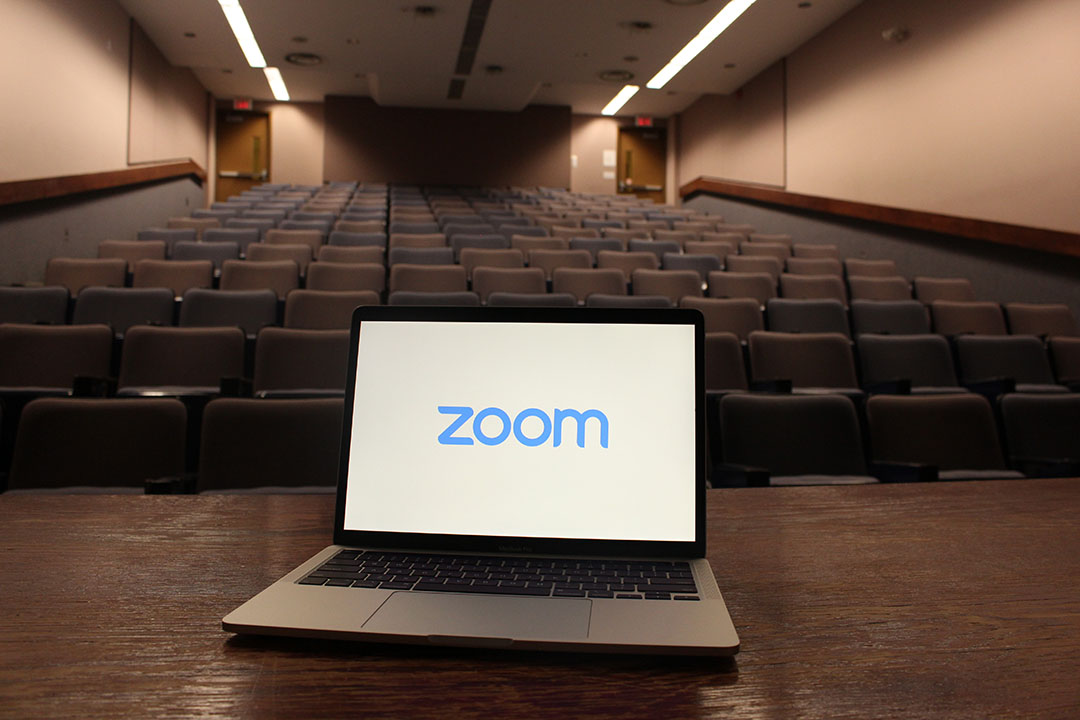A new app, called UofT Synchronous Space Finder and commonly referred to as ‘Sync,’ helps students find rooms on campus where they can study or attend online classes.
Despite some initial hiccups with accessibility before the university introduced Android and web versions of the app, students have responded positively to the university’s new initiative during a mostly hybrid semester.
Creation of the app
In an email to The Varsity, Steve Bailey, the director of the university’s Learning Space Management division, wrote that he realized early on that students who are enrolled in a mix of in-person and online classes might need to attend the latter while on campus. Therefore, he “wanted to be proactive and intentional” about filling the needs of students.
In collaboration with MADLab, a mobile app developer in U of T’s Academic and Collaborative Technologies, Bailey’s team created the app in four weeks. He added that it uses the map function on students’ phones to find study spaces near them.
Bailey noted that while using spaces they find through the app, students should wear earphones to avoid bothering others. He also pointed out that consuming food and beverages is not allowed in instructional spaces.
Impact on students
Bailey also wrote that the app has been quite successful among students and has been downloaded over 2,700 times. Students have spread news of the app over social media in response to other students who are specifically asking about spaces on campus.
Monica Brown, a first-year humanities student, said in an interview with The Varsity that she finds the app useful because it helps her locate a space to attend an online tutorial immediately after an in-person class. She added that if the app didn’t exist, she would have to either run to Robarts or attend her tutorial in a crowded hallway, which wouldn’t have worked very well since participation is heavily required.
However, Brown mentioned that it would be nice if students could reserve rooms since, at the moment, students have to “show up and hope that [they’re] not over capacity.”
Some students with Android phones were left out when the app was first released, since it was not originally available on Android. This problem has now been rectified, and students are now able to access it on a variety of devices.
Bailey wrote that the university is willing to take all student feedback on the app. He added that, although the amount of space made available to students will decrease as more classes shift to an in-person format, the university will consider extending the availability of this resource.


